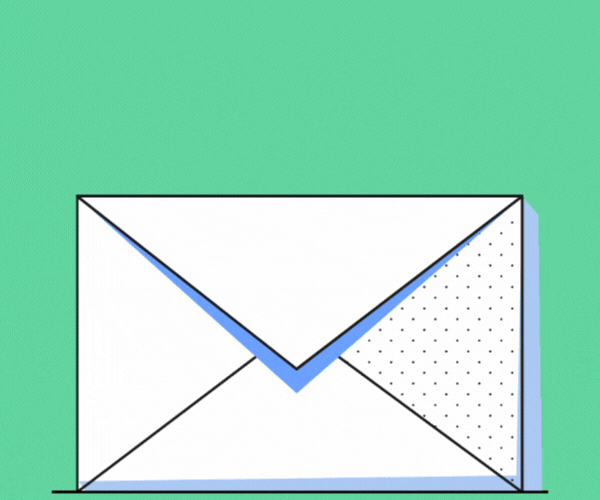Changes in tendons and bursae are not necessarily painful, but if weakened tendons are unable to cope with their workload, pain may develop.
Pain is often triggered by sudden increases in activity levels, where the tendons have not been given adequate time to adapt to the new loads, such as taking up a new sport or activity or returning to activity after illness, injury or pregnancy. For example, going on holidays and walking lots of hills or stairs or for long distances along the beach may cause a painful reaction.
Sudden loads on the tendon during a slip or fall can also result in pain and injury or a gain in weight may add more load to these tendons that support your bodyweight when standing on one leg.
Eighteen percent of the population aged over 50 suffers with lateral hip pain and women are 3 times more likely to develop greater trochanteric pain syndrome.4 Change in hormones are thought to contribute to the development of tendon changes, but there are usually a number of casual factors. The onset of pain associated with a combination of hormonal change during menopause, weight gain during this time and a sudden increase in activity levels to deal with this, is a common story related to health professionals.
Read more about causes of gluteal tendinopathy and trochanteric bursitis in our associated blog.








